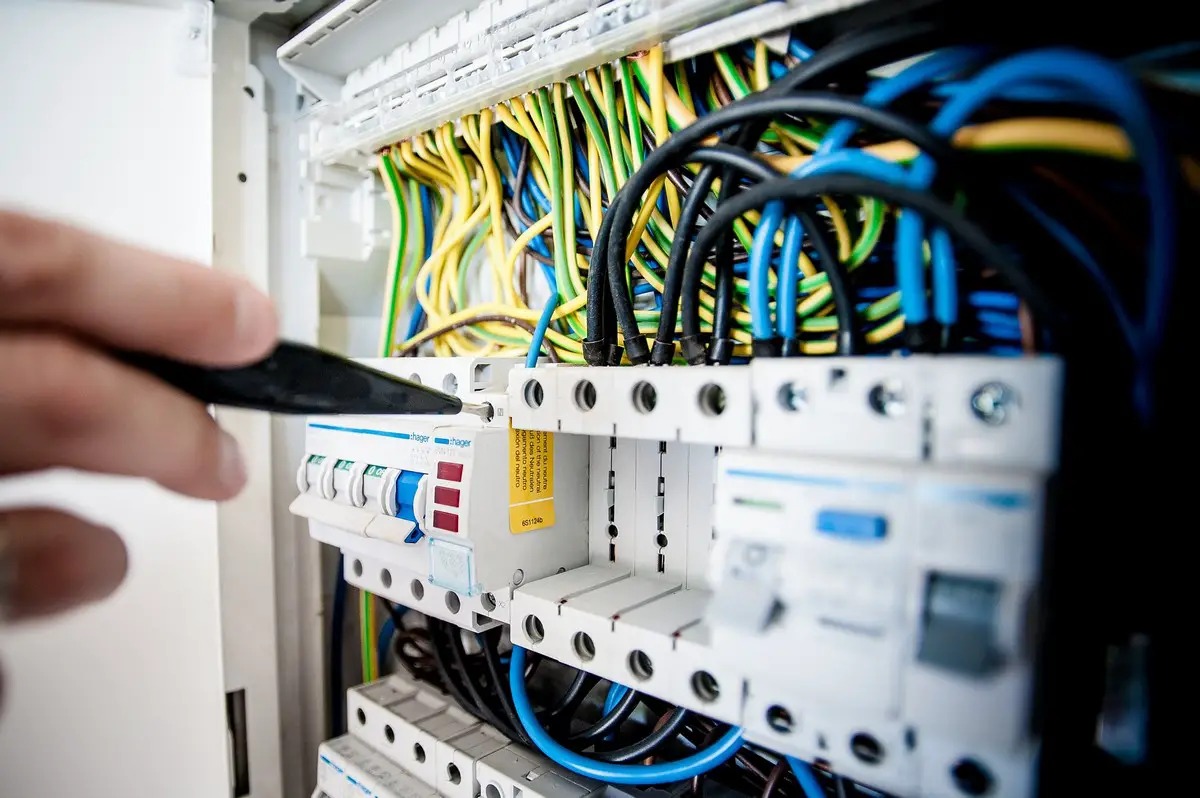How to Interpret Your EICR Report
- 1 What is an EICR?
- 2 Key Sections of an EICR
- 2.1 Details of the Installation
- 2.2 Limitations of the Inspection
- 2.3 Observations and Recommendations
- 2.4 Test Results
- 3 Interpreting the Findings
- 3.1 Immediate Actions
- 3.2 Urgent Actions
- 3.3 Recommendations for Improvement
- 3.4 Further Investigations
- 4 Taking Action
- 5 Keeping Records
- 6 Conclusion
An Electrical Installation Condition Report (EICR) is a crucial document that provides a detailed assessment of the electrical installations in a property. Whether you’re a homeowner, landlord, or tenant, understanding your EICR report is essential to ensure the safety and compliance of your electrical systems. If you need an EICR in London, this blog will guide you through the key aspects of an EICR report, helping you to interpret its findings and take appropriate action.
What is an EICR?
An EICR is an official document produced following an in-depth inspection and testing of a property’s electrical installations. Its primary purpose is to ensure the electrical systems are safe for continued use. The report identifies any issues that could pose a safety risk, provides recommendations for remedial actions, and assesses the overall condition of the electrical installations.
Key Sections of an EICR
An EICR report is typically divided into several key sections. Understanding these sections will help you interpret the findings and understand the condition of your electrical installations.
Details of the Installation
This section includes basic information about the property and the electrical installation being inspected. It typically covers the property’s address, the installation’s age, and any previous inspection details. This information provides context for the inspection and helps identify any historical issues that may need attention.
Limitations of the Inspection
Every EICR has certain limitations, which are detailed in this section. These limitations could be due to restricted access to certain areas, equipment that cannot be switched off, or other factors that may have affected the inspection. Understanding these limitations is important as they may influence the findings and recommendations in the report.
Observations and Recommendations
This is the core section of the EICR report. It details any issues found during the inspection and provides recommendations for remedial action. Problems are typically categorized based on their severity:
- C1 (Code 1): Indicates a danger present, requiring immediate remedial action.
- C2 (Code 2): Indicates a potentially dangerous condition that requires urgent attention.
- C3 (Code 3): Suggests an improvement to enhance safety, though not immediately dangerous.
- FI (Further Investigation): Indicates that further investigation is needed to determine the extent of an issue.
Understanding these codes is crucial for prioritizing the actions you need to take. Immediate attention should be given to C1 and C2 issues to ensure safety.
Test Results
This section includes the results of various tests conducted during the inspection. These tests assess the performance and safety of different electrical system components, such as insulation resistance, earth continuity, and polarity. While the technical details can be complex, the key takeaway is whether the results fall within acceptable limits. If any test results are outside these limits, the report will highlight them for further action.
Interpreting the Findings
Interpreting the findings of your EICR report involves understanding the severity of the issues identified and prioritizing the recommended actions. Here’s how you can approach this:
Immediate Actions
Any issues categorized as C1 require immediate attention. These issues pose a direct danger and must be addressed without delay to ensure the safety of the occupants. Common C1 issues include exposed live wires, faulty connections, and overloaded circuits.
Urgent Actions
C2 issues, while not immediately dangerous, still pose a potential risk and should be addressed urgently. These issues can deteriorate over time, leading to more serious problems if left unattended. C2 issues include damaged cables, inadequate earthing, and outdated fuse boards.
Recommendations for Improvement
C3 issues are recommendations for improving the safety and efficiency of the electrical system. While these issues are not immediately dangerous, addressing them can enhance the overall safety and functionality of the installation. Examples of C3 issues include the absence of RCD protection on all circuits and outdated wiring.
Further Investigations
FI codes indicate that further investigation is needed to assess an issue fully. This could be due to limited access during the initial inspection or the issue’s complexity. Arranging for further investigation is important to appropriately identify and address any underlying problems.
Taking Action
Once you’ve interpreted the findings of your EICR report, the next step is to take appropriate action. Here’s a general approach to managing the recommendations:
Engage a Qualified Electrician
For any issues identified in the report, especially C1 and C2 matters, it’s crucial to engage a qualified electrician to do the necessary remedial work. Ensure that the electrician is registered and competent to handle the specific issues outlined in the report.
Prioritize Remedial Work
Prioritize the remedial work based on the severity of the issues. Address C1 issues immediately, followed by C2 issues—plan for C3 improvements as part of your long-term maintenance strategy.
Schedule Further Investigations
If the report recommends further investigations (FI), schedule these as soon as possible. Further investigations are essential to uncover any hidden problems that could pose a safety risk.
Keeping Records
Maintaining a record of your EICR reports and any remedial work is important for several reasons. It provides a historical record of the condition of your electrical installations, helps track maintenance and improvements, and is often required for compliance purposes, especially for landlords.
Conclusion
An EICR report is vital for ensuring the safety and compliance of your property’s electrical installations. By understanding the key sections of the report and interpreting its findings, you can take informed actions to address any issues and maintain a safe electrical system. Companies like EICR Cert can assist by providing expert advice and landlord safety certificates. Regular inspections and timely remedial work are essential to prevent electrical hazards and ensure the continued safety of the occupants. If you want to stay updated on posts like this, please follow us on TECHTIRED.

















